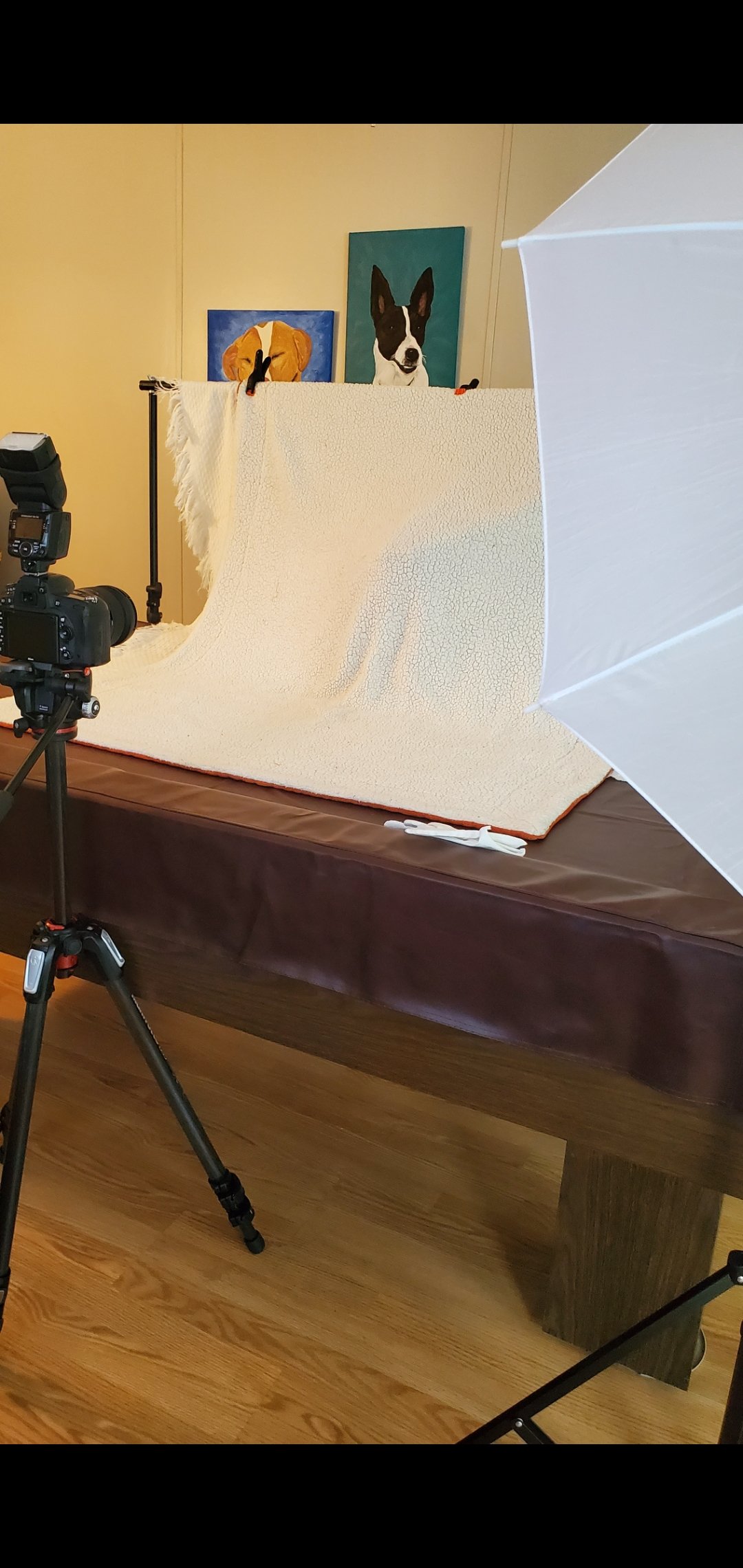In today’s blog we will talk about lighting. It is both a crucial and complicated topic in the subject of photography which means writing with light. A photographer needs to think about what they will and won’t add to the scene. We use light and shadows to shape our image!
Ambient light
Ambient light is the light around. It is usually your primary source of lighting and is often referred to as the “natural” light. Think of the stars, moon, sun or a light source which is permanently part of a scene. These can be items like a street light and the lighting in your house. It is the lighting which the photographer didn’t bring to the scene.
Artificial light
Artificial light is the light which is added to a scene. You will normally encounter this with a flash or some type of continuous lighting. It can be a speed flash or even a regular flashlight. The four main types of artificial lighting are incandescent, fluorescent, LED, and study strobes/Speedlight. Incandescent lighting is like the old school light bulb with a filament in it. Fluorescent lighting is what you usually find in offices. LED lighting is what you often see with up lighting, as a new technology bulb, strips lighting, and more. Strobes and Speedlight are lights designed specifically for video and photography lighting.
Soft Light
Soft light is produced when light is bounced off of another object or is diffused by an umbrella or large soft box. Soft light can also be a large light source closer to the subject. For example, if you have a 7 foot umbrella versus a 2 foot umbrella. The 7 foot umbrella would be softer. Soft light is great for creating gradual shadows and is fantastic for portraits because it fills in the wrinkles and textures making for a more flattering image.
Hard Light
Hard lighting is great for high contrast between light and dark. It will create dramatic shadows and contrast on your subjects. This is great for fitness photography with athletes or if you are making a moody image. This light is created a couple of ways by the size and distance the light is from the subject. The smaller the light the harder the light would be on a subject. During high noon the sun source is a very large light but because it is further away it creates hard light. This particular lighting doesn’t make for great portraits as it isn’t very flattering. It will show wrinkles, acne, and skin texture harshly.
Night Light
Night lighting will require a tripod and a remote. If you do not want to use a remote, you can also set a timer for your camera. After setting your camera settings and clicking the shutter, don’t shuffle your feet or move too much because your vibrations on the ground could also move your camera and tripod set up. You will need to set your ISO’s high, but keep in mind you don’t want them so high it destroys the image. You may have to play with your camera to see what it can and can’t handle. Night light is great for catching the night scene of cars, downtown area, or the milky way.
Have you been wanting to learn more about photography? Reach out today and let’s see how I can get you out of automatic mode and create the images you want to create! Reach out at 321-765-WISE (9473) or kt@wiseimagesphotography.com





